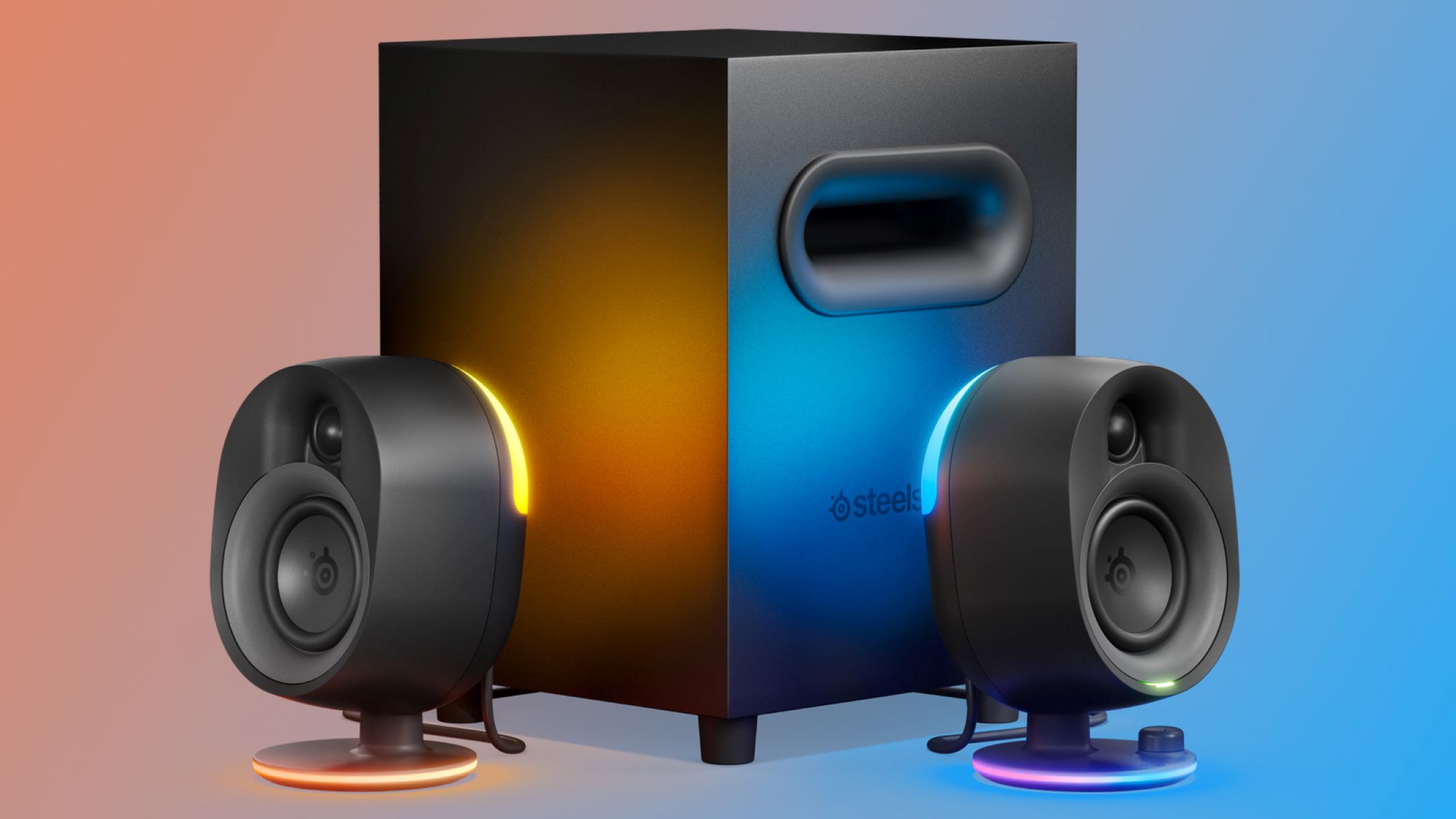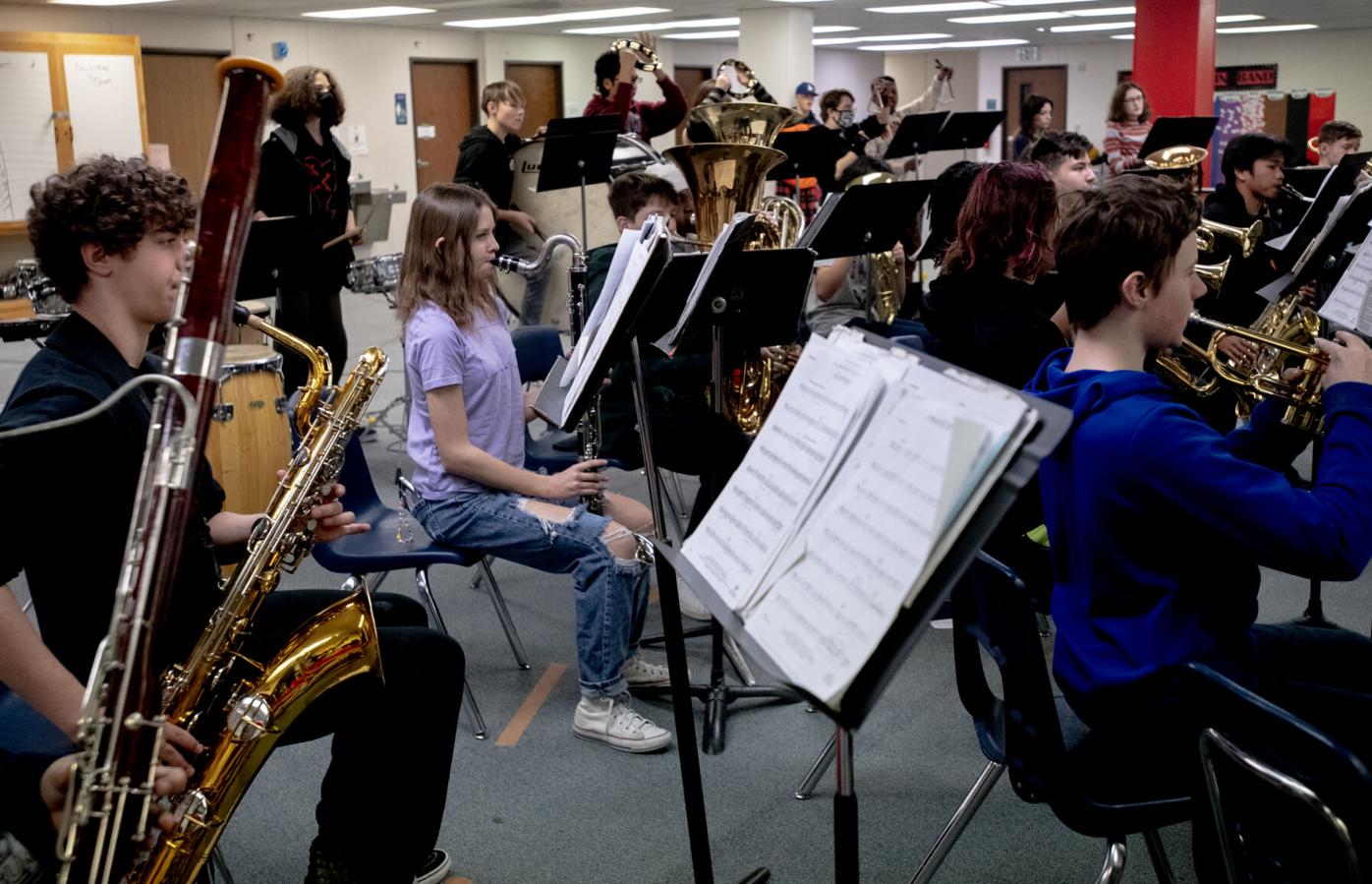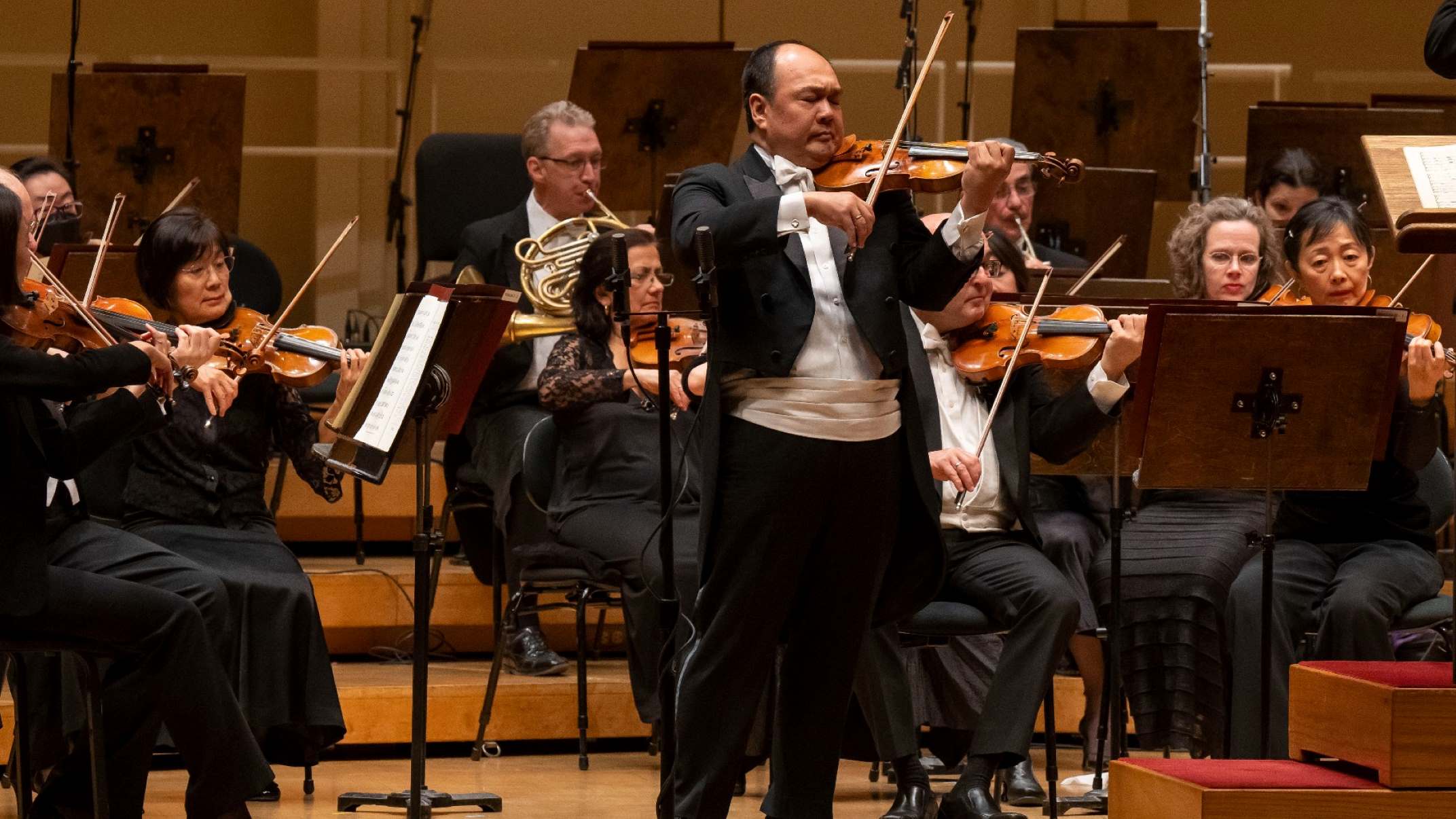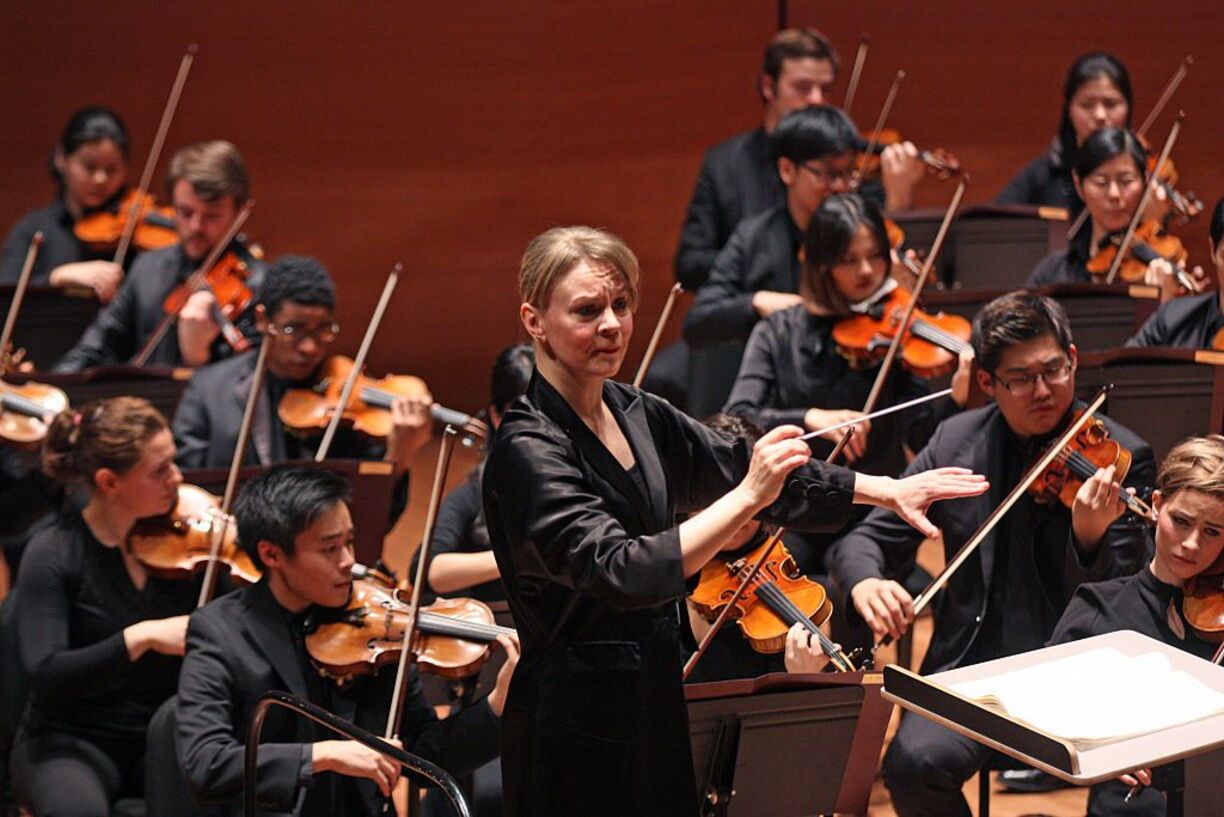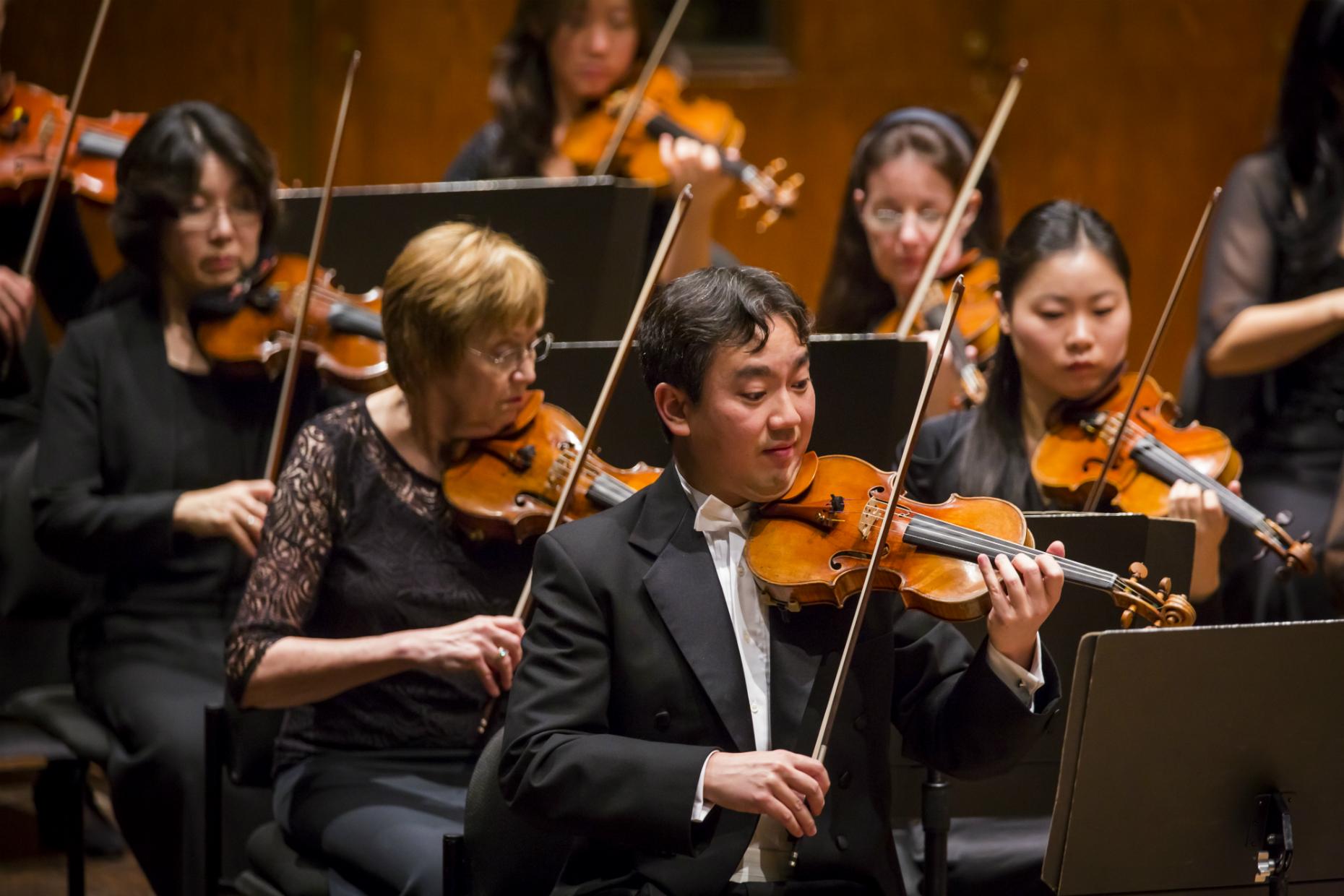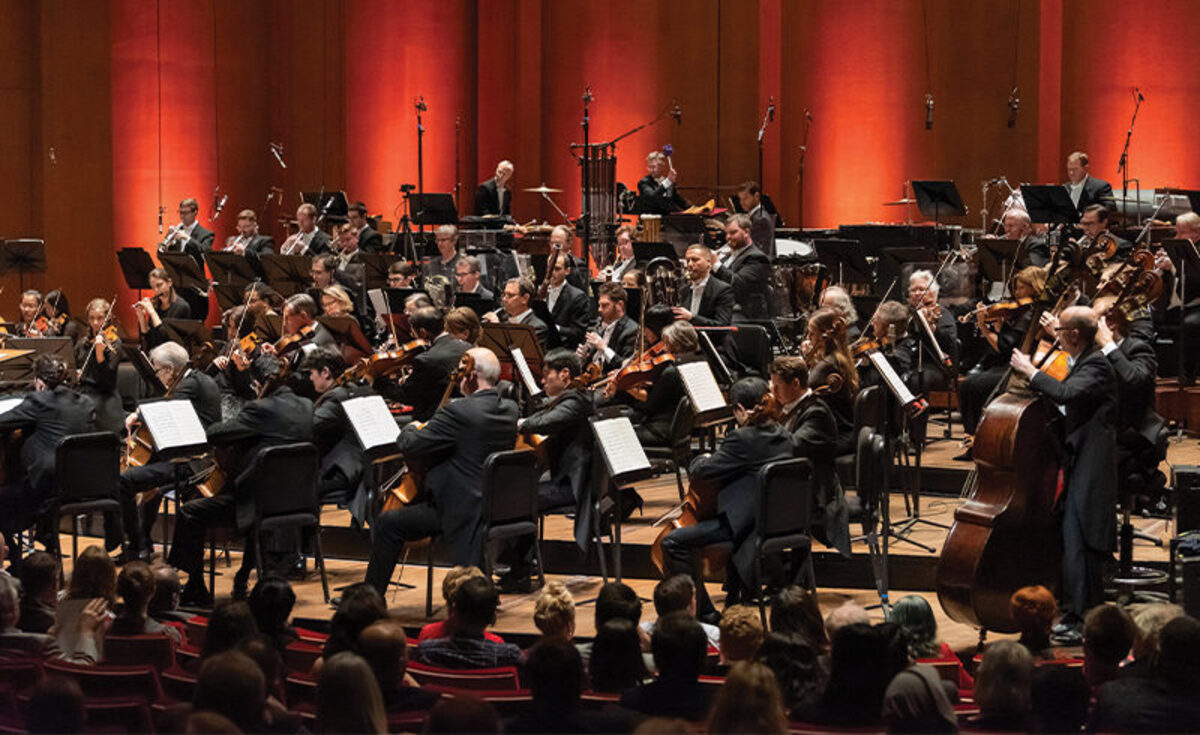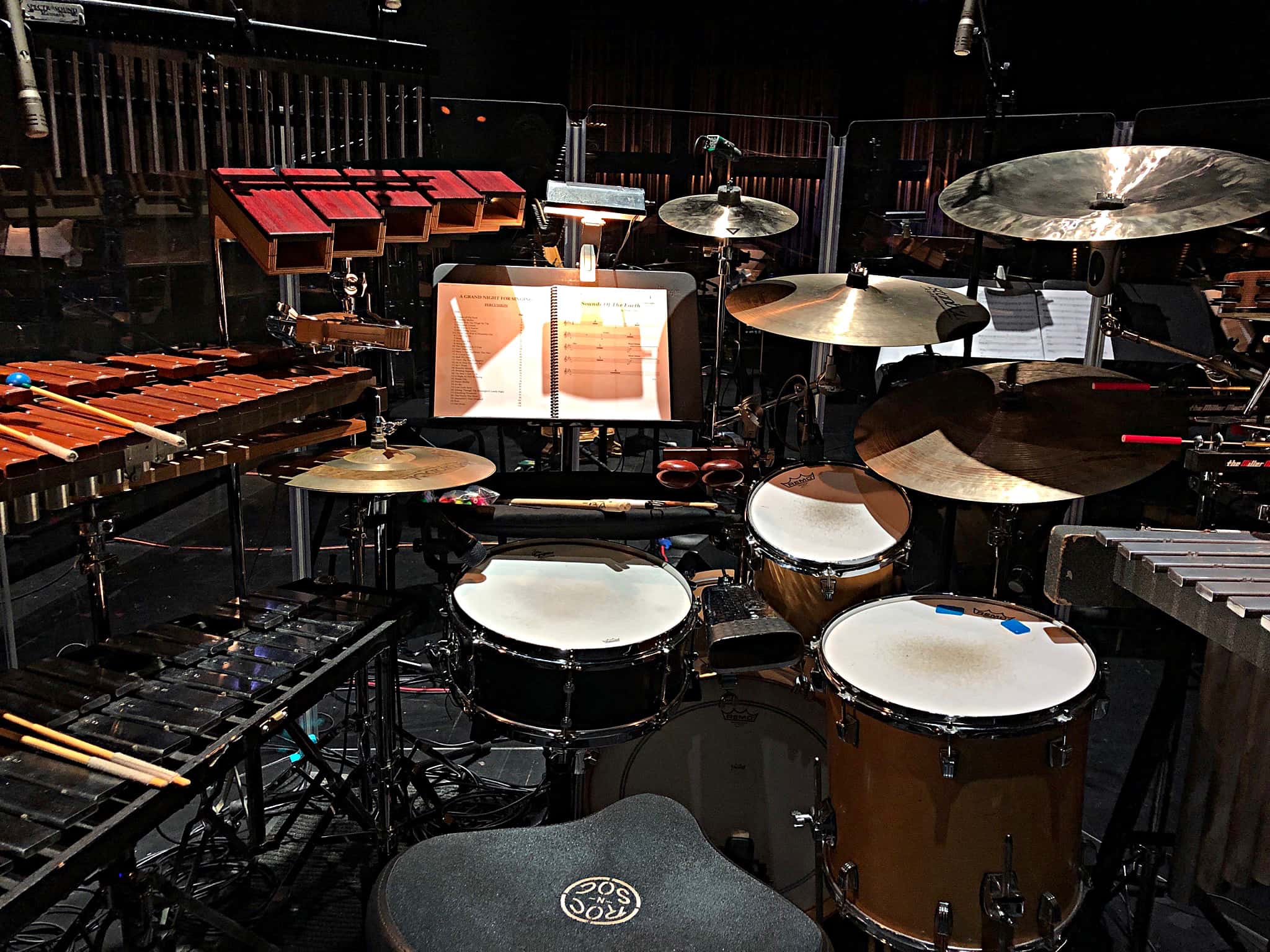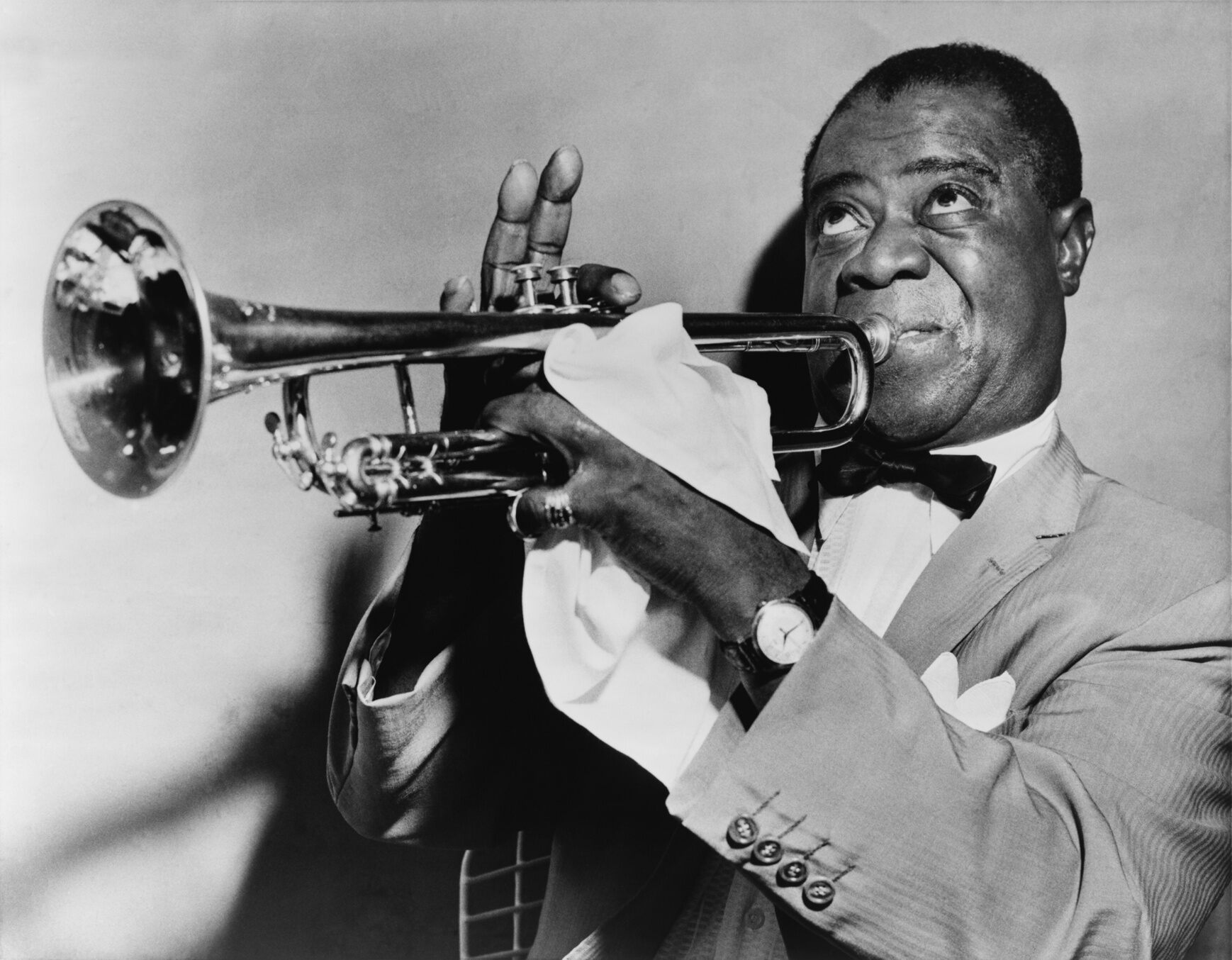Home>Production & Technology>Orchestra>What Is The Loudest Instrument In An Orchestra
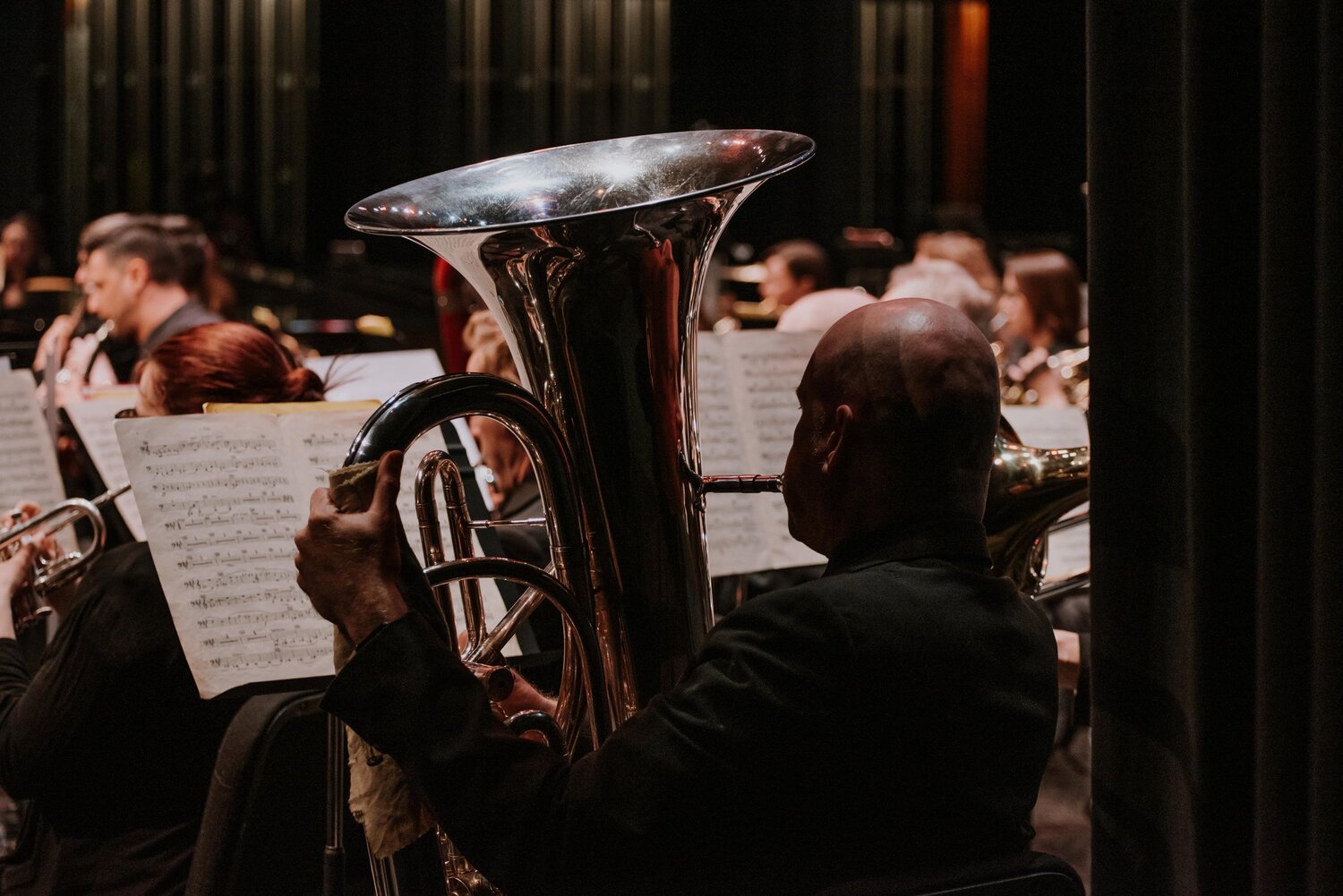

Orchestra
What Is The Loudest Instrument In An Orchestra
Published: February 24, 2024
Discover the loudest instrument in an orchestra and learn about the different sounds and dynamics of orchestral music. Explore the power and beauty of orchestral instruments.
(Many of the links in this article redirect to a specific reviewed product. Your purchase of these products through affiliate links helps to generate commission for AudioLover.com, at no extra cost. Learn more)
Table of Contents
Introduction
When you think of an orchestra, what comes to mind? A harmonious blend of various instruments, each contributing its unique sound to create a symphonic masterpiece. From the soothing melodies of the strings to the powerful resonance of the brass, orchestral music has the ability to evoke a wide range of emotions and transport listeners to different realms.
In this article, we delve into the captivating world of orchestral instruments, exploring their individual characteristics and the pivotal role they play in shaping the orchestra's sonic landscape. As we embark on this musical journey, we will uncover the intriguing dynamics of orchestral sound production, shedding light on the factors that determine the volume and projection of different instruments. Ultimately, our quest leads us to unravel the mystery of the loudest instrument in an orchestra, a revelation that may surprise even the most seasoned music enthusiasts.
Join us as we unravel the symphonic tapestry, unraveling the secrets of orchestral instruments and their unique contributions to the grandeur of orchestral music.
The Role of Different Instruments in an Orchestra
In an orchestra, each instrument serves a distinct purpose, contributing to the overall texture and richness of the musical composition. The symphony orchestra typically comprises four main families of instruments: strings, woodwinds, brass, and percussion. Let's delve into the unique role played by each family in creating the captivating tapestry of orchestral music.
Strings
The strings form the foundation of the orchestra, with instruments such as the violin, viola, cello, and double bass. Renowned for their versatility, these instruments produce a wide range of tones, from delicate and ethereal to bold and resonant. The strings often carry the melody, weaving intricate harmonies and providing the lush, warm backdrop that underpins the entire ensemble.
Woodwinds
The woodwind section introduces a diverse array of timbres, encompassing instruments like the flute, oboe, clarinet, and bassoon. These instruments possess the remarkable ability to evoke a myriad of moods, from the whimsical trills of the flute to the soul-stirring melodies of the oboe. Woodwinds add depth and color to the orchestral sound, infusing it with a sense of fluidity and grace.
Brass
The brass instruments, including the trumpet, trombone, French horn, and tuba, are revered for their commanding presence and majestic resonance. Their bold, triumphant fanfares and stirring crescendos imbue the music with grandeur and power, often heralding climactic moments and adding a regal flourish to the orchestral arrangement.
Percussion
The percussion instruments, ranging from the timpani and snare drum to the cymbals and xylophone, inject rhythmic vitality and dramatic flair into the orchestral performance. With their dynamic range of sounds and textures, percussion instruments provide accents, propulsion, and punctuation, elevating the overall impact of the musical narrative.
In essence, the orchestra functions as a cohesive entity, with each instrument family contributing its unique sonic palette to create a harmonious blend of timbres and textures. The interplay of strings, woodwinds, brass, and percussion culminates in a symphonic masterpiece, where individual voices unite to form a transcendent musical tapestry.
Factors Affecting the Loudness of Instruments
The volume and projection of an instrument in an orchestra are influenced by a myriad of factors, each contributing to the overall sonic impact of the ensemble. Understanding these elements is crucial in comprehending the nuanced dynamics of orchestral sound production.
Instrument Design and Construction
The physical design and construction of an instrument play a pivotal role in determining its loudness. For instance, in the brass family, the shape and size of the bell, the length of the tubing, and the bore diameter significantly impact the instrument's ability to produce powerful, resonant tones. Similarly, in the string family, the type of wood, the quality of the craftsmanship, and the tension of the strings all contribute to the instrument's volume and projection.
Playing Technique and Articulation
The manner in which a musician plays an instrument greatly influences its loudness. The force with which a string player bows or plucks the strings, the embouchure and breath control of a brass player, and the striking technique of a percussionist all contribute to the instrument's dynamic range. Additionally, the articulation and attack of notes, such as staccato or legato phrasing, can affect the perceived loudness of an instrument within the orchestral context.
Acoustic Properties of the Venue
The acoustics of the performance venue exert a significant influence on the perceived loudness of instruments. Factors such as the size and shape of the concert hall, the presence of reflective surfaces, and the positioning of the orchestra relative to the audience impact the propagation and reverberation of sound. A well-designed concert hall with optimal acoustics can enhance the projection of instruments, allowing their sounds to envelop the audience with clarity and resonance.
Orchestration and Balancing
The orchestration of a musical composition, including the arrangement of instruments and their respective roles, plays a crucial role in balancing the overall loudness of the ensemble. A skillful orchestrator adeptly distributes melodic lines, harmonies, and supporting textures among the instrument families, ensuring a cohesive and balanced sonic tapestry. By judiciously assigning musical phrases to different sections and instruments, the orchestrator creates a dynamic interplay that enhances the perceived loudness and impact of the music.
In essence, the loudness of instruments in an orchestra is a multifaceted interplay of design, technique, acoustics, and orchestration, each contributing to the symphonic grandeur that captivates audiences and elevates the art of orchestral music.
The Loudest Instrument in an Orchestra
Amidst the diverse array of instruments that comprise an orchestra, one particular family stands out for its commanding presence and resounding projection—the brass instruments. Among these brass instruments, the trumpet reigns as the undisputed champion of loudness and grandeur.
The trumpet, with its gleaming brass exterior and iconic bell flare, possesses a remarkable ability to pierce through the orchestral texture with its vibrant, penetrating sound. Renowned for its regal fanfares, majestic solos, and triumphant melodies, the trumpet commands attention and exudes an aura of power and authority.
The sheer physical design of the trumpet contributes to its impressive volume and projection. The cylindrical tubing, gradually expanding into the flared bell, facilitates the efficient transmission of air and sound waves, resulting in a resonant, vibrant timbre that can soar above the entire orchestra. Furthermore, the precision-engineered valves enable the trumpeter to navigate a wide range of pitches with unparalleled agility and clarity, adding to the instrument's commanding presence.
In the hands of a skilled trumpeter, the instrument becomes a beacon of sonic brilliance, capable of delivering spine-tingling fortissimo passages that reverberate throughout the concert hall. The combination of breath control, embouchure strength, and nuanced articulation empowers the trumpeter to unleash a torrent of sound that captivates audiences and leaves an indelible impression.
Beyond its inherent design and the virtuosity of its performers, the trumpet's historical and cultural significance further amplifies its impact within the orchestral realm. From heralding ceremonial processions to commanding the spotlight in symphonic works, the trumpet has been an emblem of triumph, celebration, and exultation throughout the annals of music history.
While the trumpet may claim the title of the loudest instrument in the orchestra, it does so with an unwavering sense of artistry and finesse. Its ability to convey a wide spectrum of emotions, from exuberant fanfares to poignant lyrical passages, underscores the instrument's versatility and depth.
In the grand tapestry of orchestral music, the trumpet's resounding voice serves as a testament to the enduring allure of brass instruments and their unparalleled ability to captivate, inspire, and uplift audiences with their majestic sound.
This article has been a journey through the heart of the orchestra, exploring the myriad voices that converge to create symphonic magic. From the delicate whispers of the strings to the thunderous resonance of the brass, each instrument contributes its unique essence to the collective symphony, weaving a sonic tapestry that transcends time and enraptures the soul.
Conclusion
In the realm of orchestral music, the symphony orchestra stands as a testament to the ingenuity and artistry of human creativity. It is a harmonious convergence of diverse voices, each instrument contributing its unique timbre and character to the grand tapestry of sound. From the ethereal whispers of the strings to the resounding proclamations of the brass, orchestral music embodies a rich spectrum of emotions and narratives, transcending linguistic barriers to communicate directly with the human spirit.
Throughout this exploration, we have delved into the multifaceted roles of orchestral instruments, uncovering the intricate interplay of strings, woodwinds, brass, and percussion in shaping the orchestral landscape. Each instrument family brings its distinct sonic palette and expressive capabilities, enriching the musical narrative with its inherent qualities and evocative potential.
Furthermore, we have unraveled the factors that influence the loudness and projection of instruments within the orchestra, shedding light on the intricate dynamics of instrument design, playing technique, acoustics, and orchestration. This deeper understanding amplifies our appreciation for the craftsmanship and artistry involved in orchestrating symphonic works, as well as the skill and dedication exhibited by the musicians who breathe life into the scores.
In the quest to unveil the loudest instrument in an orchestra, we have arrived at the resplendent domain of the trumpet, a beacon of power and grandeur within the brass family. Its commanding presence and vibrant resonance exemplify the unparalleled capacity of orchestral instruments to captivate and enthrall audiences, transcending mere auditory sensations to evoke profound emotional experiences.
As we draw the curtains on this musical odyssey, we are reminded of the enduring allure of orchestral music, a timeless art form that continues to enrapture and inspire generations. The symphony orchestra, with its amalgamation of instruments, stands as a testament to the boundless creativity and expressive potential of human endeavor, weaving a sonic tapestry that transcends time and resonates with the depths of the human soul.
In essence, the orchestra embodies the symphony of life itself—a harmonious interplay of diverse voices, converging to create a transcendent whole that resonates with beauty, passion, and the inexorable pulse of the human experience. As we partake in the symphonic journey, we become not merely listeners, but active participants in a profound and timeless narrative, where the language of music transcends barriers and unites us in a shared experience of wonder and transcendence.

